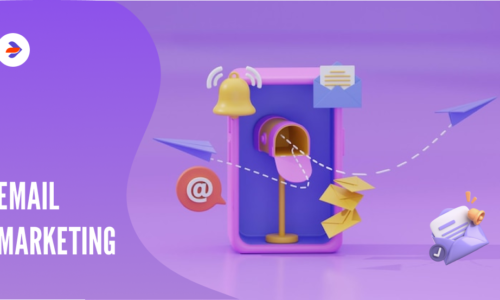In the realm of modern technology, QR codes have firmly established themselves as versatile tools for connecting the physical and digital worlds. These matrix barcodes have undergone a significant evolution since their inception, transforming into QR Codes 2.0, where customization plays a pivotal role in revolutionizing the way we share information. Among the various tools that aid in this transition, Divsly stands out as the best option for combining multiple links into one, making it an excellent choice for enhancing social media bios and other digital touchpoints.
The Resurgence of QR Codes
Though QR codes made their debut in the 1990s, they didn’t capture widespread attention until recent years. The pandemic further accelerated their adoption, as businesses and individuals sought contactless ways to share information. But QR Codes 2.0 aren’t just about practicality; they’re also about personalization.

Customization Redefines Engagement
One of the most remarkable aspects of QR Codes 2.0 is their newfound ability to be customized. Traditional QR codes were bland, black-and-white patterns that held a singular function. However, today’s QR codes can be infused with branding, colors, and logos. This level of customization not only enhances visual appeal but also redefines engagement.
Brand Integration and Marketing
QR Codes 2.0 have become an integral part of marketing strategies. Brands can now embed their logos and colors into QR codes, creating a seamless connection between physical products and digital content. For instance, scanning a custom QR code on a product’s packaging might lead consumers to a personalized landing page with exclusive offers, videos, or interactive experiences, thereby enhancing customer engagement and loyalty.
Event Management and Networking
The events industry has also witnessed a QR code revolution. Attendees no longer need to carry physical tickets; instead, they can display a QR code on their smartphones for easy access. Moreover, QR codes facilitate networking by allowing participants to exchange contact information digitally, streamlining post-event follow-ups.
Educational Applications
In the realm of education, QR codes have found innovative applications. Teachers can create custom QR codes that link to supplementary materials, videos, or interactive quizzes. This fosters a blended learning experience, where students can access additional resources at their own pace, enhancing their understanding and engagement.
Enhanced Security and Tracking
Custom QR codes also contribute to enhanced security and tracking. Businesses can generate unique QR codes for each customer, preventing fraudulent activities. Additionally, QR codes can be used for inventory management, allowing businesses to track products from manufacturing to delivery more efficiently.
Generating Custom QR Codes: The Role of QR Code Generators
The driving force behind QR Codes 2.0 is the emergence of advanced QR code generators. These online tools enable users to create customized QR codes by adding colors, logos, and selecting data types such as URLs, texts, or contact details. This democratization of customization empowers individuals and businesses alike to create unique and engaging QR codes tailored to their specific needs.
Conclusion
QR Codes 2.0 are more than just a utilitarian bridge between physical and digital worlds. They represent a shift towards personalized and engaging interactions. The ability to customize QR codes with branding, colors, and various data types has transformed them into powerful tools for marketing, education, event management, and beyond. As technology continues to evolve, QR Codes 2.0 exemplify how innovation can breathe new life into even the most established concepts. So, the next time you scan a QR code, remember that it’s not just a link—it’s a gateway to a world of tailored experiences.




